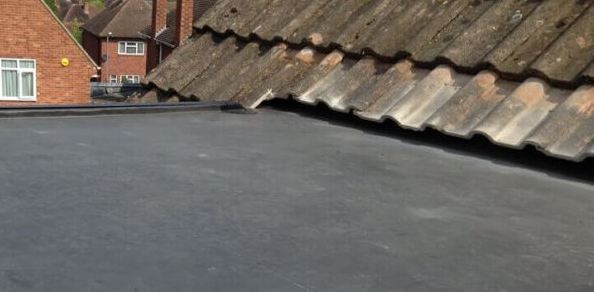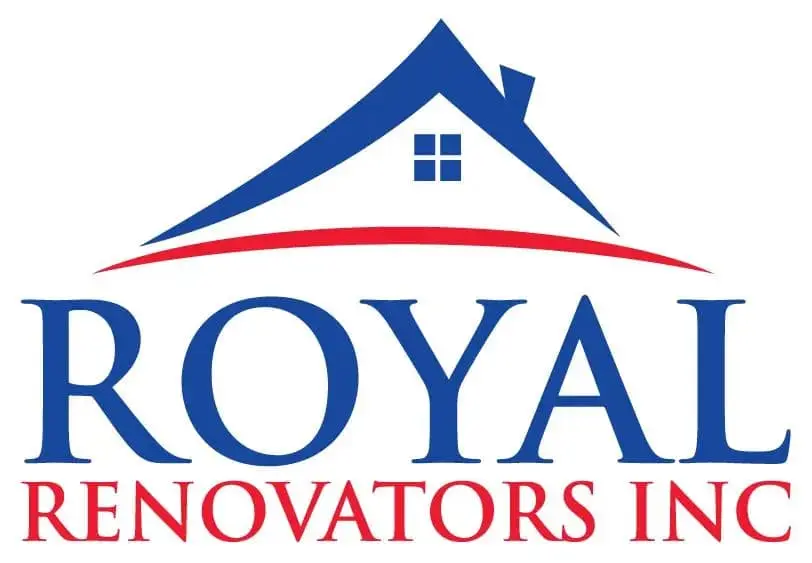PVC, EPDM, Or TPO: Which Is Better For Me?

When people opt for flat roofing solutions like EPDM, PVC, or TPO, it’s always because it stacks too many advantages that are so irresistible to ignore.
People for ages build houses to live comfortably. Having a ‘roof’ under your head is so important. But what’s even more important is having a roofing system that can protect your home or products/merchandise,your employees, as well as your clients/customers for a long time to come. Roofing materials like TPO, PVC, and EPDM has over time, proven to be an energy and money saving option for your home. They maintenance and repairs are less demanding than others. Above all, when applied as a flat roofing solution, it affords building owners with so many luxuries such as green options, solar, and additional space for recreational purposes.
If you’re in the market for a new roofing system, you will come to understand that there are many options to pick from. Amongst all these, TPO, PVC, and EPDM are the most prominent for flat roofing.
PVC, EPDM, Or TPO, How Do You Decide?
When evaluating roofing materials for your next flat or low steep roofing, it’s much easier to get confused. You may even end up leaving that decision for your local roofer. Although the PVC, TPO, and EPDM are the standard roofing materials for flat roofs and share remarkable similarities, they also have apparent differences. By understanding the benefits and pitfalls of each material, you can easily come up with a better choice that is in line with your needs.
We will look closely at TPO, EPDM, and PVC roofing. In the end, you will easily point out which one is the best well-rounded material for your roof.
TPO Roofing
As a homeowner,hoping to install a membrane roofing (single-ply membrane roofing)that will be energy efficient, budget-friendly, and dependable, consider going with the TPO roofing. The TPO is heavily praised for seamlessly having the positive sides of its two other direct siblings, the PVC and EPDM roofs, without having much of its serious drawbacks. TPO is one flat roofing material that you can’t easily spot its flaws.
However, before you run with the idea of a TPO for your home or commercial building, you may have to take your time and peruse through its benefits and drawbacks. And also compare them to that of its siblings.
What is TPO?
Thermoplastic polyolefin (TPO) is a single-ply roofing membrane that can be used for both residential and commercial roofing. It was introduced as a more efficient and sparing alternative to the already booming PVC roofing material. The TPO is much tin and light in weight, yet much durable and flexible enough to adjust tothe varying climate. Technically, the TPO is composed of polymer, polyethylene, polypropylene, BCPP, rubber, and a reinforcement filler. Some of the common fillers used include talc, fiberglass, carbon fiber, wollastonite, and Metal Oxy Sulfate.
TPO remains one of the best flat roofing materials because it is much flexible like the EPDM, and has heat weldable seams just like the PVC. Its ability to reflect heat waves makes it an energy-efficient option.
Benefits of TPO Roofing
- Lower Cost
One great advantage of installing TPO over the likes of PVC and EPDM roofing in both residential and commercial roofing lies in its cost. It is the least expensive option between the EPDM, PVC, and any other rubber roofing.
- Ease Of Installation
Installing TPO takes lesser work time and resources, which will save you a lot in the cost of installation.
- Durable
In most cases, TPO roofs can last for over ten years. Aside from that, they are resistant to mildew or algae growth, dirt build-up, punctures, and tears as well. They also handle thermal expansion and contraction astutely.
- Energy Efficient
TPO is UV resistance. The membrane’s often white reflective surface leads to lower cooling costs.
- Environmental Friendly And Variety
TPO is made from environmentally friendly materials. Also, it is available in different color options, which are all reflective.
Disadvantages Of TPO Roofing
- TPO has a varying quality, and its materials are subject to pitfalls as manufacturers are yet to land to a standard formula.
- It does not handle high heat load well enough
- The TPO’s lifespan isn’t specified
- The laminated top layer can easily create weak spots that can lead to cracks
- TPOs are susceptible to busted or loose seams, leaks, and cracks.
PVC Roofing
The PVC roofing is another famous option for many flat or gently sloping roof projects, and it affords a lot of benefits. Knowing its advantages, especially compared to the others, will help you arrive at the best decision.
Polyvinyl chloride (PVC) roofing membranes, just like other single-ply membranes, can be mechanically attached or even fully-adhered or ballasted. This roofing system is relatively flexible and made to eliminate seams and joints. It is also very easy and quick to install, durable, and resistant to tears and punctures.
PVC membranes are typically heat-welded at the seams, which is even better than a glued or taped seam. The need for hot air welded seams rather than adhesives further makes the PVC more peculiar.
Made by three layers of material that feature PVC material reinforced with polyester backdrop between, PVC is much stable under extreme heat or cold weather and also much resistant to the growth of any fungi or plant materials, chemicals, and tears.
However, care should be taken not to bring the PVC in contact with any asphalt material. If there’s ever a need to install a PVC with an asphalt-based product, your local roofing contractor will use separator sheets.
Benefits Of The PVC Roofing
- Durable
If you’re looking for a single-ply membrane that will last for a long time, try the PVC membrane. Its hot-air welded seams add to the durability and strength of this roofing system.
- Long Service Life
Thanks to its hot-air welded seams, when a professional roofer installs it, you won’t have to spend much on repairs and maintenance throughout its service life.
- Resistant To Wind, Fire, And Chemicals
With its hot-air welded seams and renowned strength, PVC roofs are highly resistant to winds. It also does not encourage combustion and is hardly damaged by chemicals and toxins.
- Environmental Friendly
PVC roofing is recyclable, and its reflective properties help to lower energy costs.
Disadvantages Of PVC Roofing
One of the remarkable disadvantages of the PVC roofing system is its high cost of installation.
EPDM Roofing
The ethylene propylene dieneterpolymer (EPDM), commonly known as rubber roofing or rolled rubber,is made up of recycled tires, slate dust, and sawdust.
EPDM roofing membrane is a tough roofing material that is highly resistant to chemicals and all harsh weather conditions. Regardless of the weather condition in your region, you can trust EPDM roofing to offer you the best protection from the elements.
The EPDM roofing system is a thermoset; it doesn’t need welded seams. The seams are mostly glued with adhesive or butyl seam tape.
Advantages Of The EPDM Roofing
- Cost Friendly
Compared to the PVC, the EPDM is a much pocket-friendly option. It’s one of the cheapest among the PVC, TPO, and EPDM comparison. However, it is best to contact your local roofer for a free estimate.
- Ease Of Installation
EPDM roofing is so simple and straightforward to install that you can even attempt a DIY. It is still best to leave the job to a professional roofer near you.
- Durable
When properly installed, it can last for decades as there are very resistant to heat, water, and wind.
- Eco-Friendly
EPDM has high reflective properties leading to reduced energy costs. Also, its materials can be easily recycled.
Disadvantages Of EPDM Roofing
- Not appealing to the eyes
- As opposed to the TPO and even the PVC, EPDM is not much appealing to look at.
- Fragile
- Another big turn off with the rubber roofing membrane is that they lack the strength common to its other two siblings. EPDM can be easily punctured. Also, it shrinks as it ages.
TPO, PVC Or EPDM: Which Should My Roofing Contractor Install For Me?
Most times, even the renowned best product will still fail to live up to expectation if not correctly installed. Getting a roof that will serve you best involves installing the best product and, more importantly, hiring a professional roofing contractor to do the job. Without any of these, for you to get the best value you pay for, pigs might fly.
Regardless of if its PVC, TPO, or EPDM that suites best with your needs, always make sure you do your homework before running with any of them. Also, contact a local roofer near you to do the service.
If you need to install any of these roofing systems, contact us at 118-35 Queens Blvd Forest Hills, NY 11375 (718) 414-6067 https://www.nycrenovators.com/ for your free estimate.
